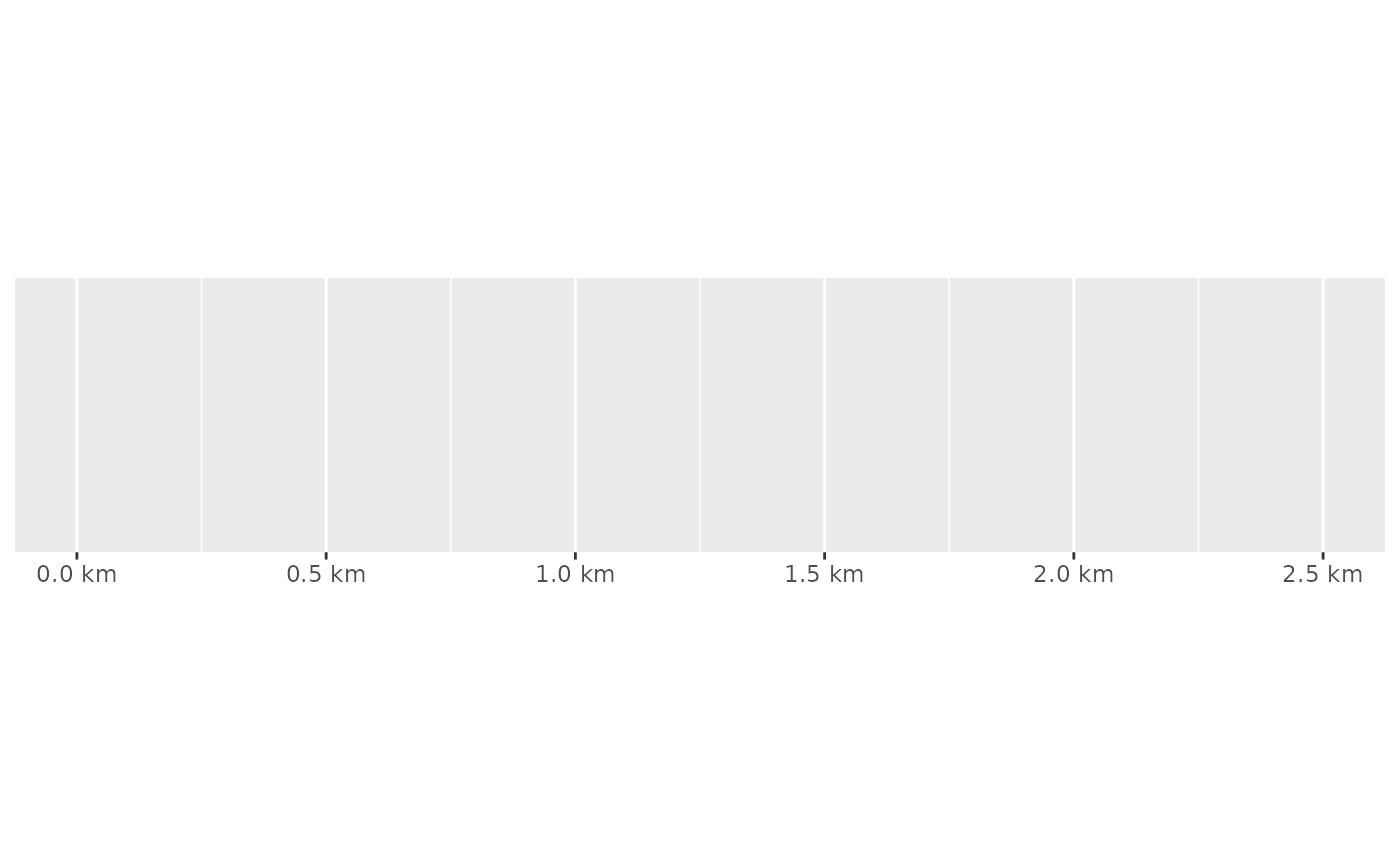This function is kept for backward compatiblity; you should either use
label_number() or label_number_si() instead.
unit_format(
accuracy = NULL,
scale = 1,
prefix = "",
unit = "m",
sep = " ",
suffix = paste0(sep, unit),
big.mark = NULL,
decimal.mark = NULL,
trim = TRUE,
...
)Arguments
- accuracy
A number to round to. Use (e.g.)
0.01to show 2 decimal places of precision. IfNULL, the default, uses a heuristic that should ensure breaks have the minimum number of digits needed to show the difference between adjacent values.Applied to rescaled data.
- scale
A scaling factor:
xwill be multiplied byscalebefore formatting. This is useful if the underlying data is very small or very large.- prefix
Additional text to display before the number. The suffix is applied to absolute value before
style_positiveandstyle_negativeare processed so thatprefix = "$"will yield (e.g.)-$1and($1).- unit
The units to append.
- sep
The separator between the number and the unit label.
- suffix
Additional text to display after the number.
- big.mark
Character used between every 3 digits to separate thousands. The default (
NULL) retrieves the setting from the number options.- decimal.mark
The character to be used to indicate the numeric decimal point. The default (
NULL) retrieves the setting from the number options.- trim
Logical, if
FALSE, values are right-justified to a common width (seebase::format()).- ...
Other arguments passed on to
base::format().
Examples
# Label with units
demo_continuous(c(0, 1), labels = unit_format(unit = "m"))
#> scale_x_continuous(labels = unit_format(unit = "m"))
 # Labels in kg, but original data in g
km <- unit_format(unit = "km", scale = 1e-3, digits = 2)
demo_continuous(c(0, 2500), labels = km)
#> scale_x_continuous(labels = km)
# Labels in kg, but original data in g
km <- unit_format(unit = "km", scale = 1e-3, digits = 2)
demo_continuous(c(0, 2500), labels = km)
#> scale_x_continuous(labels = km)
